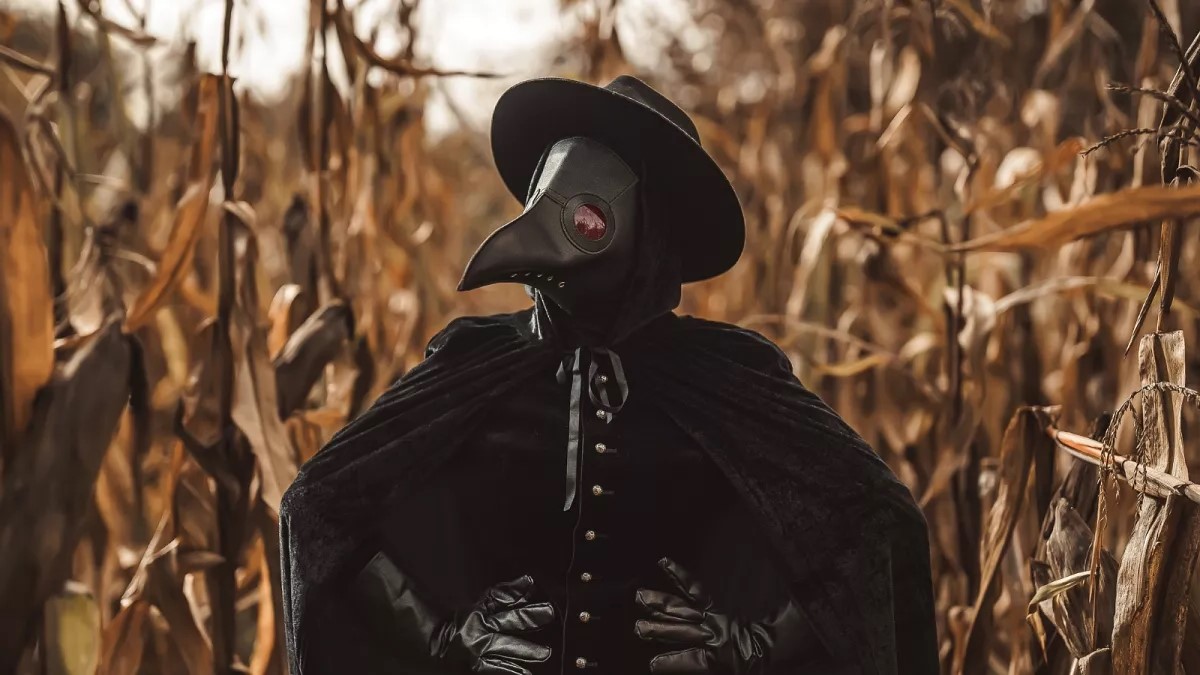
The Black Plague, also known as the Black Death, was one of the deadliest pandemics in human history. It swept through Europe in the 14th century, causing widespread panic and devastation. But what exactly made this plague so catastrophic? Bubonic plague, the most common form, was spread by fleas that lived on rats. Symptoms included fever, chills, and swollen lymph nodes called buboes. The disease killed an estimated 25 million people, nearly a third of Europe's population at the time. Understanding the Black Plague helps us appreciate modern medicine and the importance of public health measures. Ready to dive into 45 intriguing facts about this dark chapter in history? Let's get started!
Key Takeaways:
- The Black Plague, also known as the Black Death, was a deadly pandemic in the 14th century, killing millions in Europe. It changed history, leading to labor shortages, economic turmoil, and even the end of the feudal system.
- The plague, caused by the bacterium Yersinia pestis, spread through fleas on black rats. It had a profound impact on European society and culture, leading to advances in medicine and public health.
The Black Plague: A Historical Overview
The Black Plague, also known as the Black Death, was one of the deadliest pandemics in human history. It swept through Europe in the 14th century, leaving a trail of devastation. Here are some fascinating facts about this catastrophic event.
- The Black Plague occurred between 1347 and 1351.
- It killed an estimated 25 to 30 million people in Europe.
- The disease was caused by the bacterium Yersinia pestis.
- It spread through fleas that lived on black rats.
- The plague originated in Asia and traveled along the Silk Road.
- The name "Black Death" comes from the black spots it caused on the skin.
- Symptoms included fever, chills, vomiting, and swollen lymph nodes.
- The swollen lymph nodes were called buboes, hence the term "bubonic plague."
- The disease could also cause septicemic and pneumonic forms, which were even more deadly.
- The mortality rate of the bubonic plague was around 60%.
- The septicemic form had a mortality rate close to 100%.
- The pneumonic form could be spread through the air, making it highly contagious.
- The plague arrived in Europe through trading ships that docked in Sicily.
- It quickly spread to Italy, France, Spain, and beyond.
- Entire villages were wiped out by the disease.
- The plague caused a severe labor shortage, leading to economic turmoil.
- Many believed the plague was a punishment from God.
- Flagellants, people who whipped themselves to atone for sins, became common.
- Jews were often scapegoated and blamed for the plague.
- This led to widespread persecution and massacres of Jewish communities.
- The plague also caused a decline in the influence of the Catholic Church.
- Art and literature from the period often depicted themes of death and despair.
- The nursery rhyme "Ring a Ring o' Roses" is believed to be about the plague.
- The plague returned in waves over the next few centuries.
- The Great Plague of London in 1665 was one of the last major outbreaks.
- Modern antibiotics can effectively treat the plague.
- The World Health Organization still monitors plague outbreaks today.
- Madagascar has experienced several plague outbreaks in recent years.
- The plague bacterium can survive in soil and water for long periods.
- Some scientists believe the Black Death may have been caused by multiple diseases.
- The plague had a profound impact on European society and culture.
- It led to the end of the feudal system in many areas.
- The labor shortage gave peasants more bargaining power.
- Wages rose, and working conditions improved for many.
- The plague also led to advances in medicine and public health.
- Quarantine measures were first implemented during the plague.
- Ships arriving in Venice had to wait 40 days before docking, hence the term "quarantine."
- The plague inspired many works of art, including Boccaccio's "The Decameron."
- The Black Death is considered one of the first pandemics in recorded history.
- It changed the course of European history in countless ways.
- Some historians believe the plague helped bring about the Renaissance.
- The population of Europe took over 150 years to recover to pre-plague levels.
- The plague also affected the Middle East and North Africa.
- The disease is still present in some animal populations today.
- The Black Plague remains a powerful reminder of the impact of infectious diseases on human history.
The Black Plague's Lasting Impact
The Black Plague wasn't just a historical event; it reshaped societies, economies, and even medical practices. It wiped out a third of Europe's population, leading to labor shortages and higher wages for survivors. This pandemic also spurred advancements in public health and quarantine measures. The plague influenced art and literature, leaving a mark that can still be seen today. Understanding these facts helps us appreciate the resilience and adaptability of humans in the face of catastrophic events. While the Black Plague was devastating, it also paved the way for significant social and economic changes. By learning from the past, we can better prepare for future challenges. The Black Plague serves as a stark reminder of the fragility of life and the importance of preparedness in public health.
Frequently Asked Questions
Was this page helpful?
Our commitment to delivering trustworthy and engaging content is at the heart of what we do. Each fact on our site is contributed by real users like you, bringing a wealth of diverse insights and information. To ensure the highest standards of accuracy and reliability, our dedicated editors meticulously review each submission. This process guarantees that the facts we share are not only fascinating but also credible. Trust in our commitment to quality and authenticity as you explore and learn with us.
